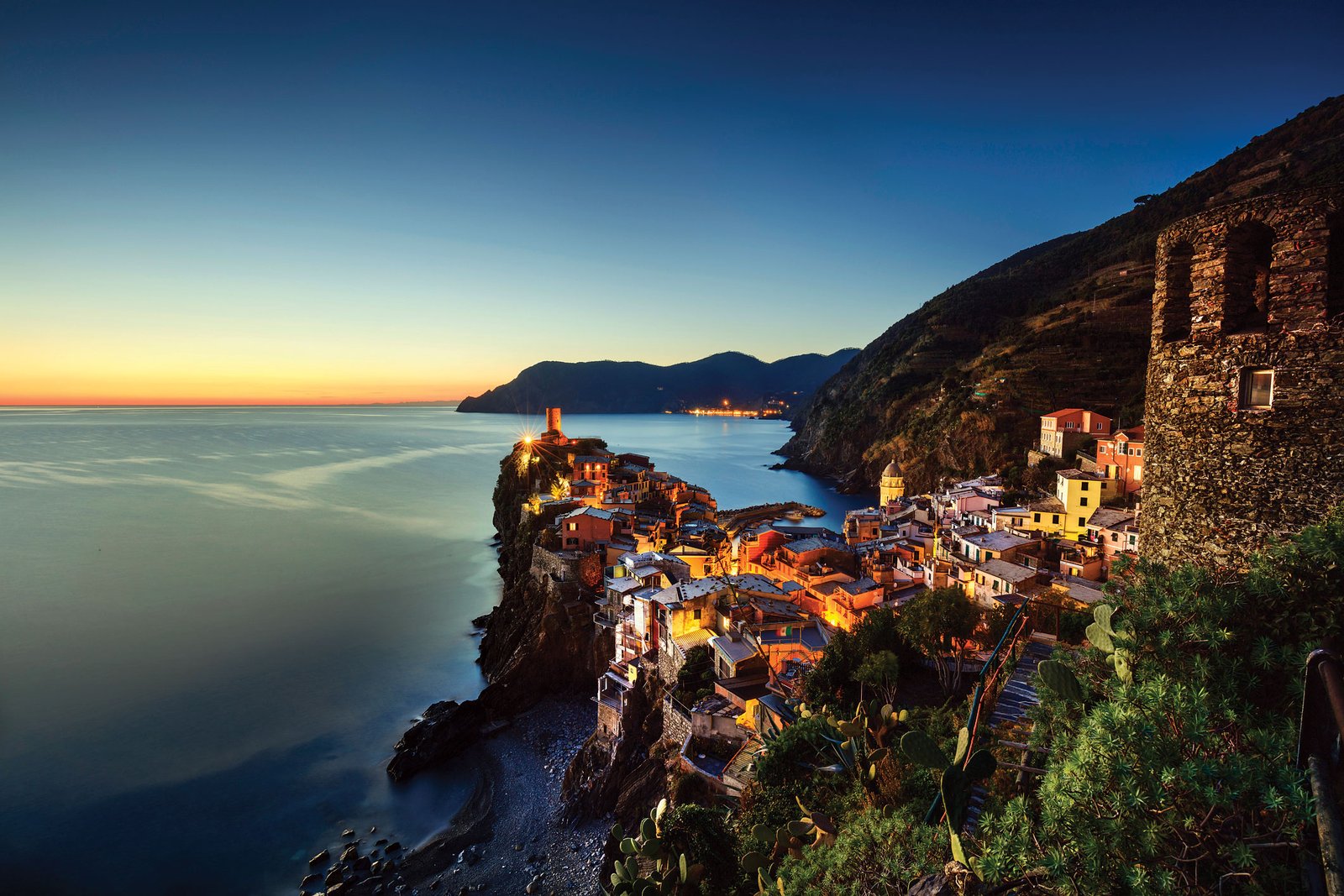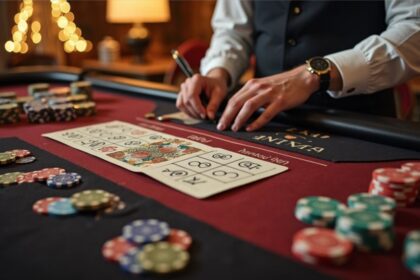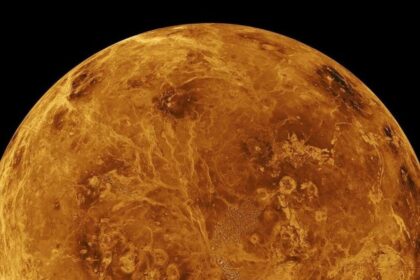Italian
Delicious Italian food and glorious hiking trails—what more could you ask for?
I enjoy food but not the way the woman sitting across from me at Trattoria dal Billy does. I feel like a voyeur watching a PDA between two lovers as she gently pushes her homemade spaghetti aside so she can swirl a prawn in the pasta sauce. There’s a coy smile on her face, and her eyes are closed. She then lifts the crustacean into her mouth and chews it in slo-mo. All the while, her eyes remain reverentially shut. She stops chewing, inhales and then opens her eyes and breaks into a satisfied smile. At this point, she notices me staring. “You’re pleased with your meal,” I stammer. “Yes, it’s beautiful—like this place,” she responds. “We’re from Florence, but it’s our first time in Manarola and this area of Italy. We’re here to hike.”
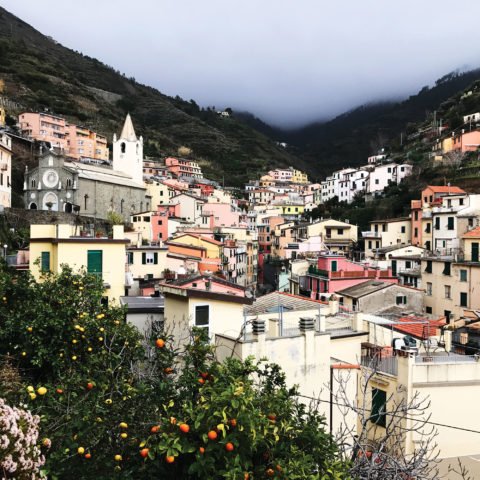
It’s also what has brought my husband, David, and me to this coastal setting that’s renowned for its five cliffside villages overlooking the Mediterranean. One of the famous walks—the Via dell’Amore trail, which runs between Manarola and Riomaggiore—is closed due to storms and rock slides, but the overland trails that connect the five villages are open.
The hikes involve lung-busting ascents and some nerve-racking descents down steep, rocky slopes, but most of the time you’re walking on beautiful and serene dirt trails some 400 metres above the surf. Of course, if you’re not a hiker, you can also take the train, which runs along the ocean edge through the tunnels that connect the villages. During our five days in the area, we walked between all the villages, averaging 10 to 15 kilometres a day, but our favourite hike was the six-kilometre route from Corniglia to Manarola. (This doesn’t include the 382 steps you have to climb from the train station in Corniglia to get to the trailhead.) This walk takes you through pine forests, olive groves and chestnut trees, but the highlight is strolling through the terraced vineyards that are centuries old. Today, they harvest Bosco, Albarola and Vermentino grapes to make a white wine known as Cinque Terre DOC. These same grapes are also used in Sciacchetrà, a dessert wine best served with pan dulce or pecorino cheese.
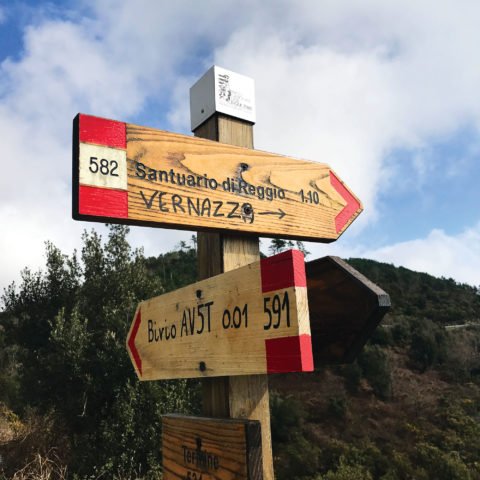
Aside from hiking, David and I have also signed up for two days of cooking classes with Jonathan Viviani and his wife, Delia Rosada Costanzo, through the Cinque Terre Cooking School. The couple owns a countryside restaurant and small inn called Monterosso Alto, a few kilometres up from the village of the same name. While we’re driving to their place, Jonathan finds out I’ve been to Milan Fashion Week and he’s curious to hear my thoughts on the shows. “My favourite designer is Armani,” he says. “When you wear his clothes, it’s not about someone seeing you but someone remembering you. I also like Prada and Dolce & Gabbana. I think their hearts are in Italy.” It’s apparent that Jonathan’s heart is also deeply connected to the foods of the region where he grew up. “I love our food; I love preparing it,” he says, adding, “We have to make a quick stop to pick lemons for the marinated anchovies we’re going to make.”

Walking in a lemon grove is magical. You’re surrounded by vivid golden orbs covered with morning dew. We collect our lemons, and 10 minutes later we’re gingerly cutting the heads off of the anchovies and cleaning them. (OK, I’m not—but David is game.) Over the two days, we learn how to make Ligurian baked sea bass with Taggiasca olives (native to the region) and fried swordfish in spaghetti. We also make pesto—another hallmark of Ligurian cooking—using a pestle and mortar. It’s served over trofie, a twisted pasta from the region.
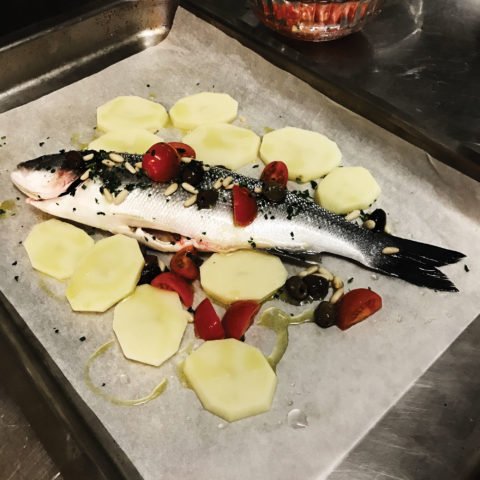
“Doesn’t this remind you of when we learned how to make corn tortillas in Belize?” I ask David, as I knead the dough for the pan dulce. At the time, we were travelling through Central America; we spent eight months living out of our Ford Ranger and/or tent, depending upon the weather. That wasn’t the first time I had unplugged and taken up travelling for months at a time. In the late 1980s, I spent a year touring the Middle East, Turkey, Iran, Pakistan, India and Nepal. For three of those months, I lived on a double-decker bus with 15 other people as we made our way from London to Kathmandu.
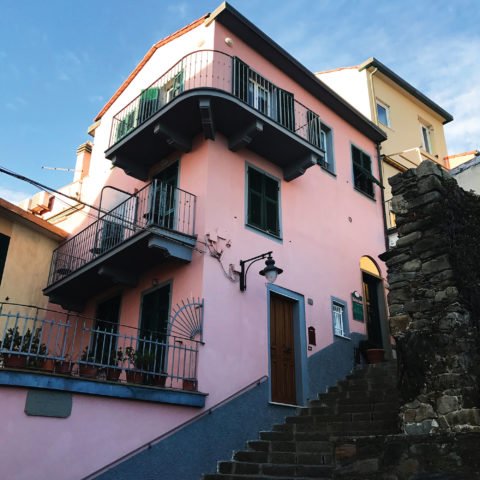
Travel remains a consuming passion of mine. While I’m content to sleep in a hammock in an open-air shelter in the Sierra Nevada de Santa Marta mountains of Colombia, I embrace the posh opportunities I’ve experienced through my work. To date, flying first class to Dubai on Air Emirates and showering at 40,000 feet set a new OTT bar. I also had a taste of refined air travel on this latest trip to Italy; I was given the opportunity to fly business class c/o Aeroplan and its #myplan program. It’s a campaign they’ve launched to encourage people to set off on their dream holidays. (I didn’t need much prodding, and neither did my husband when I told him I’d cashed in my Aeroplan miles so he could join me in business class.)
Every trip I’ve ever been on has taught me something about myself. There are always moments when your patience, confidence and misguided perspectives are laid bare. (Getting momentarily lost on the trail to Manarola and having to scramble down a muddy—and slippery—cliffside edge forced me to set aside my fears and focus!) And spending two mornings cooking with Jonathan and Delia reminded me how inspiring it is to spend time with people who care deeply about their work.
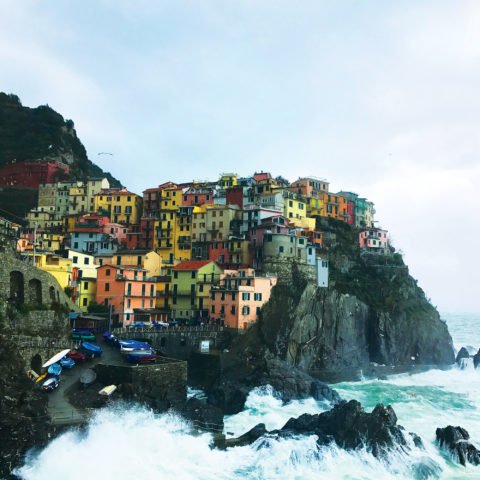
When we were making tiramisu, I asked Delia if she ever followed recipes. She laughed. “Oh, no, never!” she said and paused while she added a little more sugar into the bowl. “You have to trust your eyes and your heart. That’s the secret to Italian cooking.” I’d say it’s also the secret to living an adventure-filled life. Why follow a formula when an unscripted path could be all the more rewarding?


